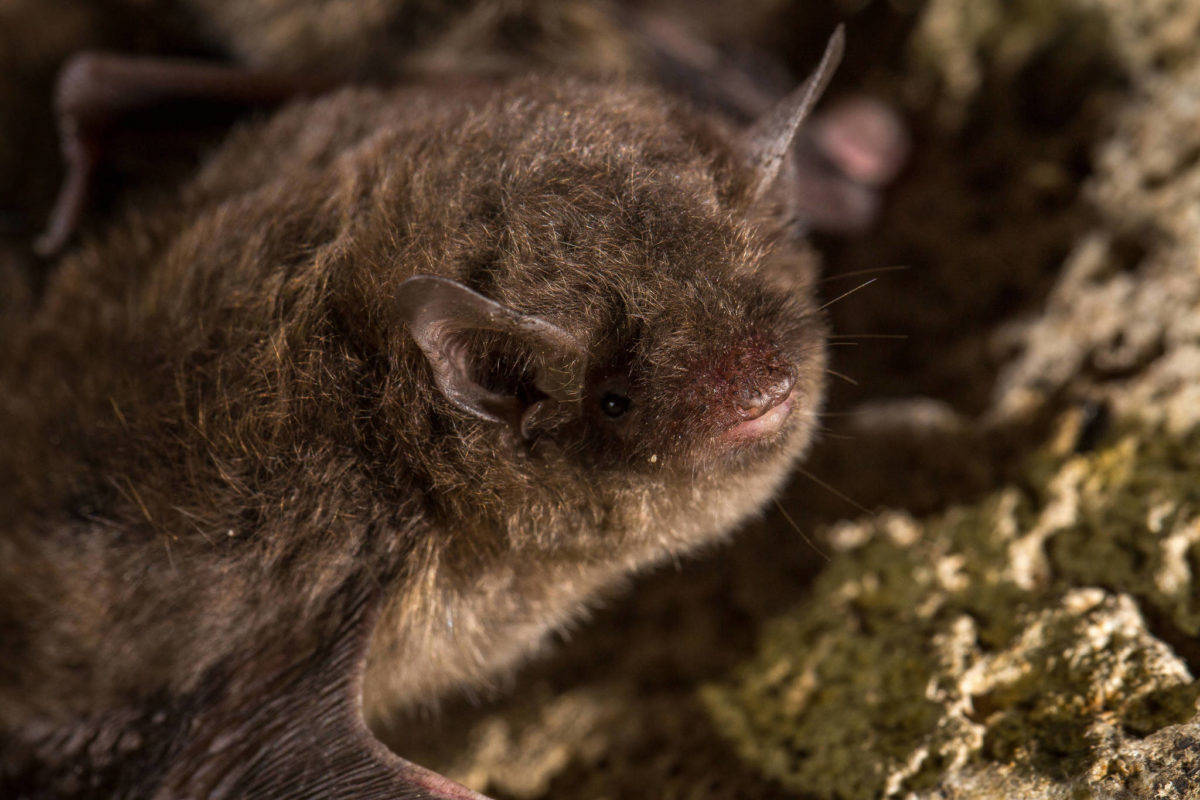Humans have formed hunting partnerships with a variety of animals in addition to honey guides, which were noted in last week’s column.
For example, a traditional method of fishing for ‘opelu in Hawai’i involved rhythmical banging on the side of the canoe to attract the attention of great barracudas (the kaku or ‘opelu mama). As a barracuda approached a school of ‘opelu, the smaller prey fish would ball up for mutual protection in a dense school. This made it easier for the fishermen to net them. Presumably the predatory barracuda caught some too.
In southern Brazil, certain pods of bottlenose dolphins herd mullets toward fishermen waiting in the shallows. With tail slaps or quick dives, they signal to the fishermen, when it is time for the men to throw their nets.
Some partnerships are not such free associations: Once common in China and Japan, trained cormorants were used to catch fish. A ligature on the bird’s neck kept it from swallowing big fish, but it could still swallow small ones. And for centuries, falconers have trained raptors to capture various prey animals, generally sharing the prey (or a substitute food) with the birds.
Perhaps the most widespread and well-known hunting partnership involves humans and dogs. For many thousands of years, we have bred these domesticated canines for various roles in hunting prey —there are retrievers, chasers, trackers, attackers, and so on. A very specialized kind of hunting does not involve killing prey but rather finding things. The powerful olfactory senses of dogs are put to work detecting drugs, contraband imports, and some diseases. Some dogs are even trained to locate certain invasive plants, such as purple loosestrife. Search dogs are trained to find lost persons, living or dead, on land and even in water. Some years ago, a dear canine friend could always find me, hidden in the woods, no matter how my trail circled or backtracked, or find my stuff if I happened to drop it along the trail.
In Juneau, the excellent noses of dogs are put to work in bat research. First, a little background on previous work on local bats, to set the stage for the participation of dogs. An Alaska Department of Fish and Game research program has been radio-tagging and monitoring bats in the Juneau area for several years, focusing primarily on the common little brown bat (Myotis lucifugus). Radio-tagged bats have been tracked to hibernacula in two places (so far): rocky crevices on steep forested slopes on Douglas Island and Admiralty Island. The bats begin to hibernate in mid-September or so.
Before settling in for the winter, the bats seem to signal to each other about a prospective location by circling with sharp turns near a particular crevice, reaching a peak in the dark hours of the night in late July, August and early September. This flight behavior is known as “swarming.” It has been well- documented in eastern and midwestern North America, where large numbers of bats circle or “swarm” around cave and mine entrances. In contrast, in our area, each crevice seems to be used by only a few bats, although the circling flight pattern is still called swarming.
Game cameras are set up near rocky crevices to which the radio-tagged bats have been tracked. The cameras can record the circling flights and sometimes also one or two bats (as well as mice and shrews) crawling into a crevice and staying for a while. Mating presumably occurs at this time, in these crevices, in late summer and early fall, but fertilization is delayed until early spring, when females emerge from hibernation. They emerge before the males do, and go to maternity roosts in warm places such as attics. After a gestation period of about three months, the young are born and can usually be ready to fly in about three weeks.
To expand our understanding of the habitats used by hibernating bats, ADFG bat biologists and volunteer citizen scientists do road surveys, listening for bat vocalizations with special bat detectors. These surveys are primarily focused on finding areas of concentrated bat activity at the seasons of entry to (and emergence from) hibernation. Then foot surveys in those areas look for the right kind of habitat; bat detectors are used to see if bats are really at that site and identify the species of bat. If all that points to the presence of bats, trained bat-scent-detecting dogs are brought in, particularly during the time of beginning hibernation (the so-called swarming period), to sniff out the exact crevice housing the bats. When a search dog signals that it has detected the scent of bats at a particular crevice, researchers may look for the distinctive feces of bats in the crevice. To determine if the selected crevice is just a day roost or an actual hibernating site, more equipment is set up in the early fall to detect swarming behavior outside the crevice and eventually determine that the bats are really hibernating there.
So far, the scent-detecting dog searches show great promise for locating hibernacula (although not in the rain), and the method should be tested elsewhere, in other habitats and climates. In the meantime, the method will be used here to locate more hibernacula and develop a clear picture of the habitat needs of the bats. That’s critical information for land managers — and a great application of an ancient hunting partnership between humans and canines.
Thanks to Tory Rhoads, ADFG, for a good conversation about local bat research and the use of sniffer-dogs to locate hibernacula.
• Mary F. Willson is a retired professor of ecology. “On The Trails” is a weekly column that appears every Wednesday.

